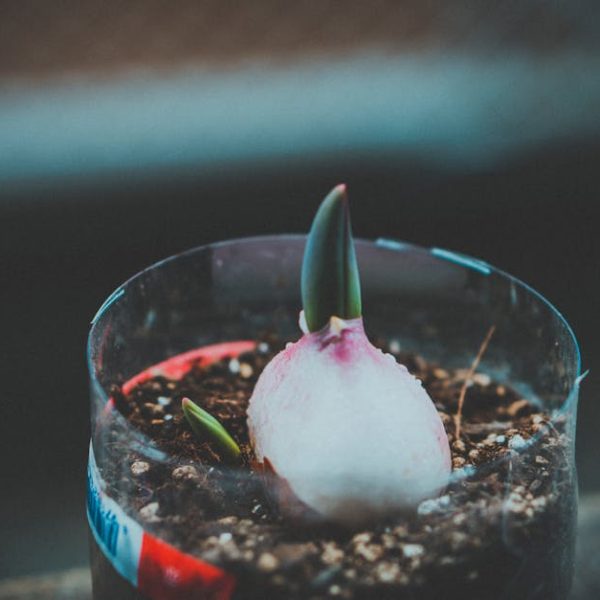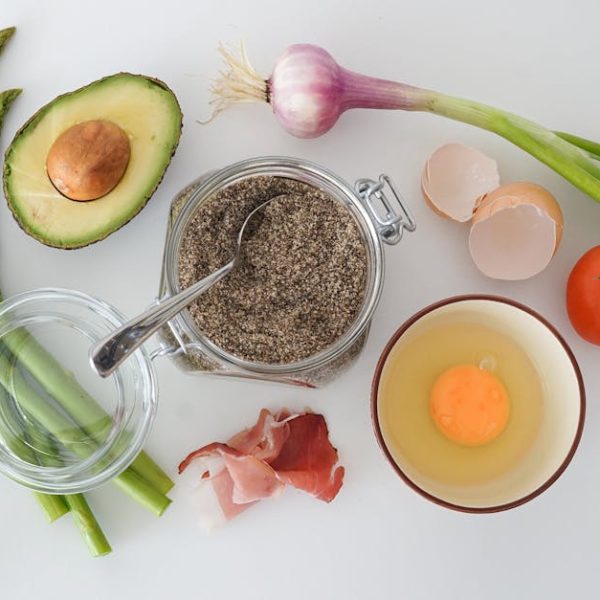Potatoes, one of the most versatile and hearty vegetables on the planet, can last anywhere between one to two weeks in a pantry, two to three months in a refrigerator, and up to a year or more in a freezer. However, several factors can influence these averages including the potato’s stored condition and surrounding environment. Three primary influencers include temperature, humidity, and light exposure, all of which are vital elements that need careful consideration when storing potatoes.
As a useful guide, the following signs indicate a potato is starting to spoil and should be discarded: the skin turns a deep green color, sprouts begin to grow, the texture changes to soft or mushy, and visible signs of mold or bacterial/fungal infection appear.
Proper Storage Methods For Potatoes
There are several preferred methods of storing potatoes that significantly enhance their shelf life. These include pantry storage, refrigerator storage, and freezer storage.
A comparison table provides insights into the best environments for storage:
| Storage Method | Pros | Cons |
|---|---|---|
| Pantry | Maintains taste and texture, Easily accessible | Short shelf life (approx. 1-2 weeks) |
| Refrigerator | Extended shelf life (up to 3 months), Keeps potatoes firm | May alter the taste slightly |
| Freezer | Extremely long shelf life (up to a year), Convenient for future use | Freezing and thawing can change texture |
Key to these storage methods is the potato’s state prior to storing – for best results, keep them unwashed and store in a well-ventilated, dark, and cool place.
Effects of Temperature and Light on Potatoes
Ideal storage conditions for potatoes hover around a temperature range of 45-50°F (or 7-10°C), and in low-light environments to slow down decomposition and sprouting. Exposure to extreme temperatures or light can trigger a potato’s survival instincts, causing it to sprout sooner. Likewise, high temperatures can increase the growth rate of harmful bacteria and mold on the potato’s surface.
Best practices for temperature and light control involve wrapping potatoes in paper (not plastic), using a root cellar for natural cooling if available, and keeping them out of direct sunlight or strong artificial lights to slow the aging process.
Common Mistakes in Potato Storage
Despite best intentions, people commonly make avoidable mistakes when it comes to potato storage. These include storing potatoes next to other produce that emits ethylene gas (like bananas, onions, and apples), which accelerates the sprouting process. Another common mistake is not checking the potato’s storage environment regularly, exposing them to poor conditions for extended periods.
The following Do’s & Dont’s in potato storage present helpful guides:
| Do’s | Dont’s |
|---|---|
| Do check storage conditions frequently | Don’t store potatoes with ethylene-emitting produce |
| Do keep them dark and cool | Don’t expose to heat or excess light |
|Do store them unwashed until use|Don’t wash before storage|
Extending the Shelf Life of Potatoes: Tips and Techniques
Want to get more out of your potatoes? Besides proper storage, there are several techniques that you can employ to extend their shelf life further. Using a root cellar can provide a natural and cool environment, significantly increasing shelf life. Canning, while time-intensive, allows potatoes to last for a year or more. Both freezing and dehydration methods offer very long-term storage options, with the latter even being able to last for years.
*Pro Tip: With freezing and dehydration, it’s best to prepare your potatoes adequately beforehand. Here is a brief guide on these methods:*
- **Freezing** – Begin by washing and peeling them. Next, blanch the potatoes by boiling them for a few minutes, then cooling them immediately in ice water. Dry them carefully before finally putting them in your freezer inside a suitable airtight bag or container.
- **Dehydration** – After washing and peeling, slice them evenly and place your slices on the dehydration tray. Following your device’s instructions, adjust the temperature and time. Once dried, store them in an airtight container, away from moisture.
To summarize, here’s an actionable checklist to extend your potatoes’ shelf life:
- Use a root cellar if available.
- Consider canning potatoes for longer-term storage.
- Prepare and freeze potatoes for future use.
- Try dehydrating potatoes for ultra-long-term storage, up to several years.
- Always remember to store potatoes in an appropriate manner tailored to your chosen method.
Armed with these insights, tips, and techniques, your potatoes can last longer, taste better, and reduce unwanted waste. Now go forth and make those potatoes count!
Key Takeaway:
- The shelf life of potatoes varies with the storage condition: pantry (1 to 2 weeks), refrigerator (2 to 3 months), and freezer (up to a year or more). Key influencers include temperature, humidity, and light exposure.
- Proper storage methods extend the life of potatoes and are tailored to the storage environment with ‘pros and cons’: pantry ( best for taste and texture but short shelf life), refrigerator (firm potatoes with slightly altered taste but longer shelf life), and freezer (longest shelf life but changes in texture).
- Ideal storage conditions stand between 45-50°F (or 7-10°C) temperature and in low-light environments. The use of a root cellar for natural cooling and paper wrapping of potatoes to avoid light is ideal.
- Common mistakes such as storing potatoes with ethylene-emitting produce and not checking the storage environment should be avoided.
- Extending the shelf life of potatoes can be achieved by using a root cellar, canning, freezing, and dehydration.
With a comprehensive understanding of how to store your potatoes correctly, you’re all set to have a fresh supply of potatoes at your disposal whenever you need it. Your efforts to prolong the potato’s shelf life will not only enhance your cooking experience but also contribute to reducing food waste, leading to a more sustainable lifestyle.
FAQs
Q: Do cut potatoes last as long as whole potatoes in storage?
A: No, cut potatoes do not last as long in storage as whole ones. Once cut, the potatoes are exposed to oxygen and bacteria which can speed up their deterioration.
Q: Does the variety of potato affect its shelf life?
A: Yes, the variety of potato can affect its shelf life. For example, waxy potatoes like red and new potatoes tend to last longer than starchy ones like russets or Yukon golds.
Q: Is it safe to eat potatoes that have begun to sprout?
A: Yes, it’s safe to eat potatoes that have sprouted as long as they are still firm to the touch and they don’t look too wrinkly or shriveled. Just remove the sprouts before cooking.
Q: Should I refrigerate my potatoes immediately after purchase?
A: It’s not necessary to refrigerate your potatoes immediately after purchase, especially if you plan to use them within a week. Storing them in a cool, dark place, like a pantry, is sufficient.
Q: Is it okay to store potatoes in a plastic bag?
A: No, it’s not ideal to store potatoes in a plastic bag as it can trap moisture and accelerate spoilage. It’s best to store them in a well-ventilated cardboard box or paper bag.
Make sure to share this insightful article about potatoes’ shelf life with your friends and family. For more exciting and useful write-ups, feel free to explore more posts on our website.






